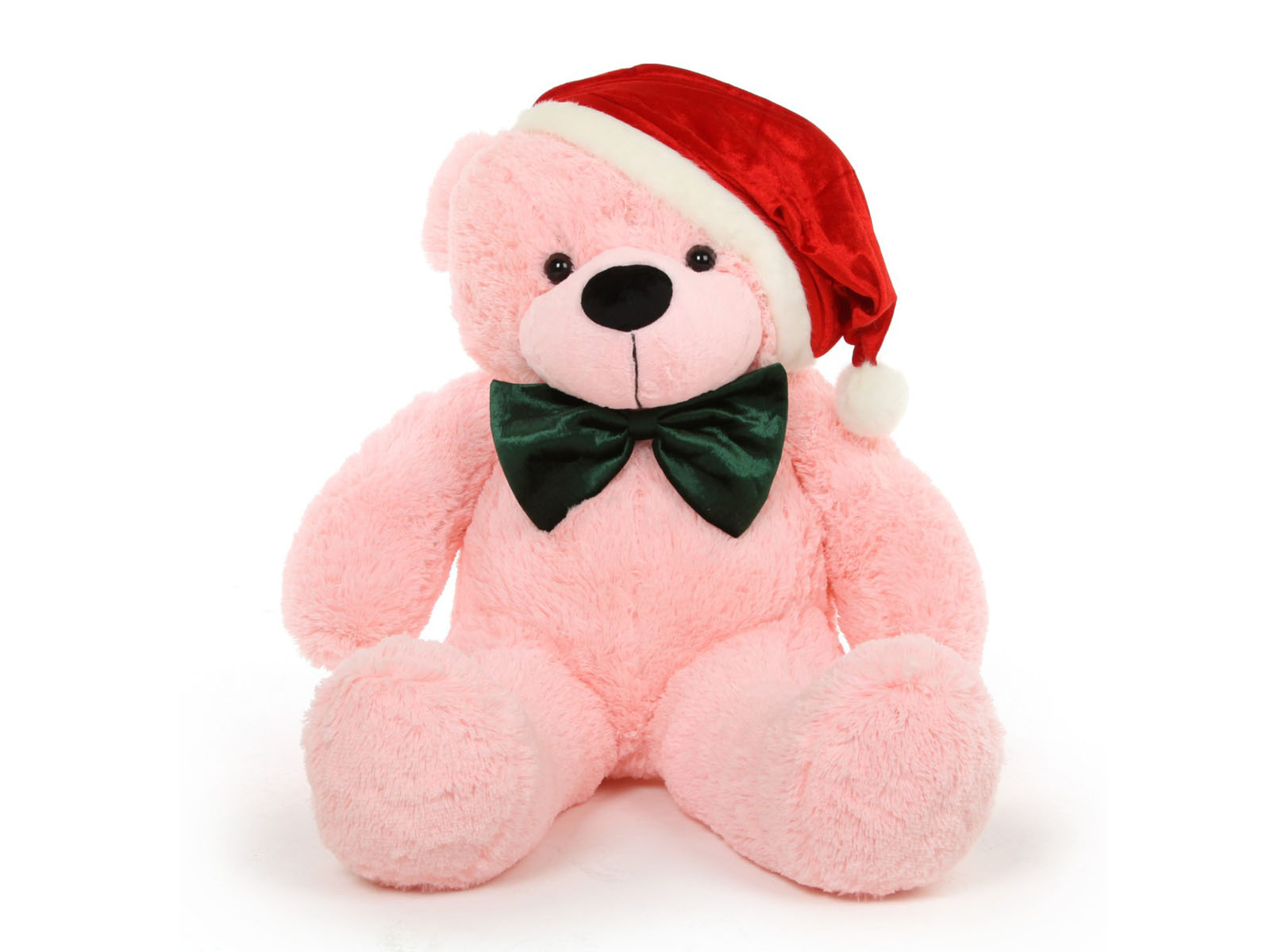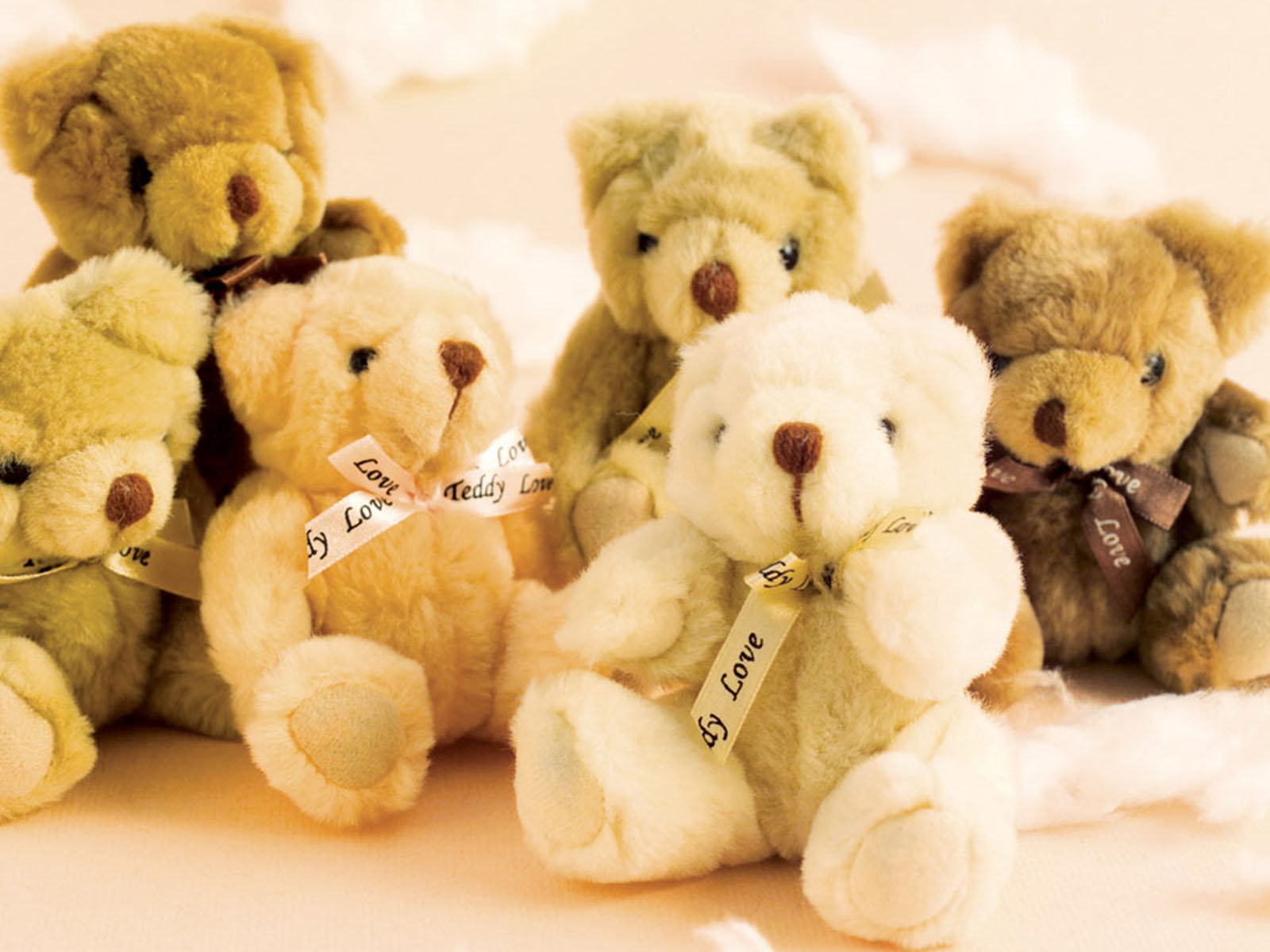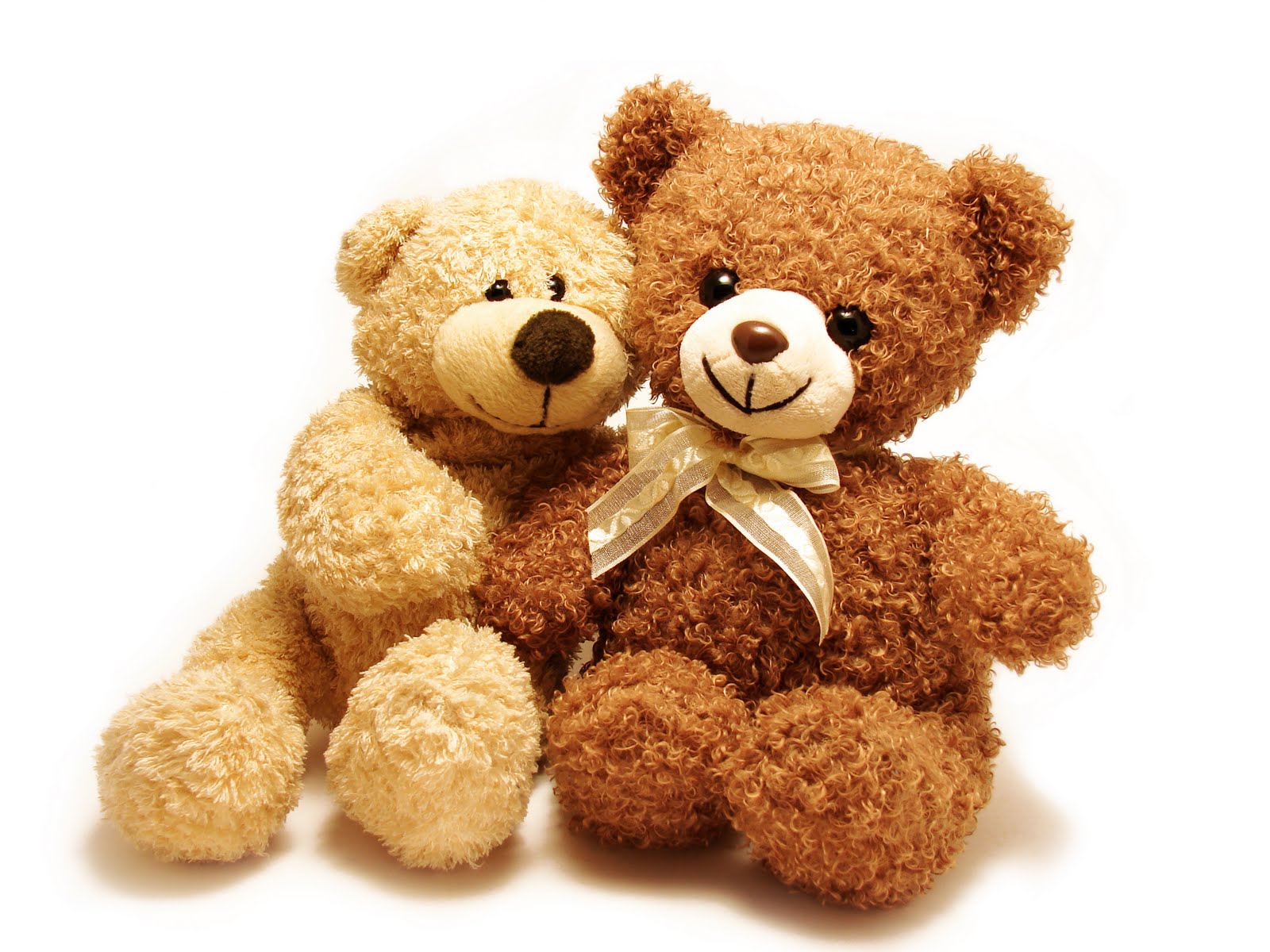
Introduction
A teddy bear is a stuffed toy in the form of a bear. It is usually made of soft fabric and filled with cotton or other similar materials. Teddy bears are popular among children and adults alike, providing comfort, companionship, and a sense of security.

History of Teddy Bears
The history of teddy bears dates back to the early 20th century. The name "teddy bear" originated from an incident involving the former US President Theodore Roosevelt. During a hunting trip, Roosevelt refused to shoot a bear that was captured and tied to a tree. This incident inspired a cartoonist to create a drawing of a bear named "Teddy's Bear," which eventually led to the creation of the first teddy bear.

Popularity and Appeal
Teddy bears quickly gained popularity and became a symbol of comfort and love. Their cute and cuddly appearance appeals to people of all ages. Children often use teddy bears as companions, confidants, and sources of comfort. Adults also find joy in collecting teddy bears as decorative items or sentimental keepsakes.

Types of Teddy Bears
There is a wide variety of teddy bears available, catering to different preferences and tastes. Some teddy bears are designed to resemble real bears, while others have a more cartoonish or whimsical appearance. Additionally, there are miniature teddy bears, giant teddy bears, and even interactive teddy bears that can talk or play music.

Materials and Construction
Teddy bears are typically made from soft and huggable materials such as plush fabric, velvet, or mohair. The filling is usually polyester fiberfill or cotton, giving the bear a fluffy and squeezable texture. The eyes and nose of the teddy bear are usually made of plastic or glass, and the bear's features are often embroidered or stitched onto the fabric.

Collectible Teddy Bears
Collectible teddy bears hold a special place in the hearts of enthusiasts. These bears are often handmade and of higher quality, making them highly sought after by collectors. Limited edition teddy bears, artist bears, and vintage bears are examples of collectible teddy bears that can hold significant monetary and sentimental value.

Emotional Significance
Teddy bears often hold emotional significance for their owners. They can be cherished childhood companions or gifts from loved ones on special occasions. Many people find comfort in hugging their teddy bears when feeling sad, lonely, or anxious. The presence of a teddy bear can provide a sense of security and serve as a reminder of love and care.

Caring for Teddy Bears
To keep teddy bears in good condition, it is essential to care for them properly. Regularly dusting off the bear and spot cleaning any stains can help maintain its appearance. If the bear is machine washable, following the care instructions is crucial. Avoid exposing teddy bears to direct sunlight or excessive moisture, as it can damage the fabric and fade the colors.

Symbolism
Teddy bears hold symbolic meanings in various cultures. They are often associated with love, comfort, and childhood innocence. Teddy bears are commonly gifted as tokens of affection, particularly on Valentine's Day, anniversaries, or birthdays. They can also represent strength and resilience, as bears are often seen as powerful creatures in the wild.

Teddy Bears in Popular Culture
Teddy bears have made appearances in numerous books, movies, and songs. The fictional character Winnie the Pooh, created by A.A. Milne, is one of the most beloved teddy bears in literature. Additionally, the song "Teddy Bears' Picnic" has become a classic children's tune. Teddy bears have also been featured in movies like "Ted" and "Toy Story 3," further cementing their place in popular culture.

Conclusion
Teddy bears have captured the hearts of millions worldwide, providing comfort, companionship, and a sense of nostalgia. From their humble origins to becoming beloved collectibles, teddy bears continue to hold immense emotional significance. Whether as a toy, gift, or decorative item, the presence of a teddy bear brings joy and warmth into people's lives.